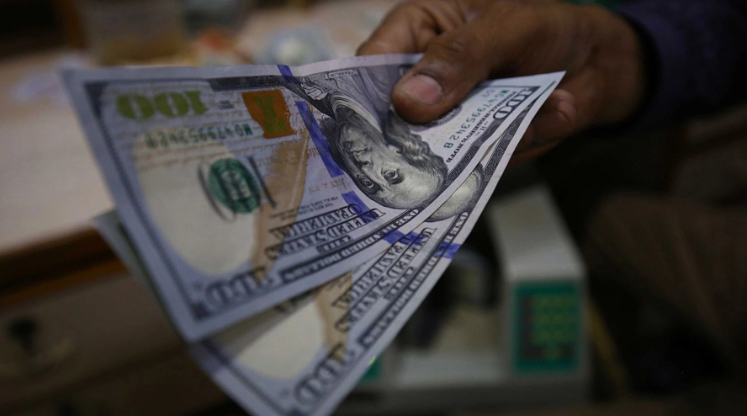
The tariff war launched by the Trump administration is like a financial hurricane, pushing the US economy into an unprecedented risk situation. The recent synchronous turmoil in the US dollar and US bond markets not only reflects the deep doubts of global investors on the stability of US policies, but also becomes an "ominous signal" that the foundation of US financial hegemony is shaken.
The foundation of the US dollar as a global reserve currency lies in its long-term stability and policy predictability. However, Trump's tariff policy has completely broken this consensus. Since the implementation of the "global tax increase" policy, the US dollar index has continued to weaken, and has recorded the largest decline in ten years against safe-haven currencies such as the Swiss franc. More importantly, the abnormal surge in the yield of traditional "safe assets" US bonds-the 10-year yield once exceeded 4.5%. This trend that deviates from the expectation of economic recession is essentially the market being forced to raise financing costs in panic selling. Veteran investor Peter Schiff bluntly said: "When the dollar and U.S. bonds are sold off at the same time, the United States is no longer a safe haven for funds."
Trump's tax cuts and the additional fiscal spending brought about by the tariff war have pushed the size of U.S. debt to a historical high of $36 trillion. The continued rise in U.S. bond yields is pushing this behemoth to a dangerous critical point. Classic recession indicators such as the accelerated withdrawal of foreign investors and the inverted yield curve (the inverted spread between 10-year and 2-year bonds) all hint at the market's concerns about the United States' ability to repay its debts. Bridgewater Fund founder Dalio warned: "The current debt scale is no longer sustainable, and the monetary economic order is collapsing."
The global trade chaos caused by the tariff war is pushing the United States into isolation. Traditional allies Canada and the European Union have joined the counter-attack queue, and Asian allies Japan and South Korea have also complained about the United States. The more far-reaching impact is that central banks in many countries have accelerated their reduction of U.S. debt holdings, and economies such as China have weakened U.S. financial leverage by selling U.S. debt and countermeasures. With the precedent of Russia's foreign exchange reserves being frozen, global investors' confidence in U.S. dollar assets has dropped to freezing point.
Trump's tariff policy is like a "double-edged sword". While severely damaging the global supply chain, it also backfired on the US economy. Midwestern agricultural states suffered heavy losses due to soybean tariffs, small businesses were on the verge of bankruptcy due to soaring costs, and consumers faced an average of $5,000 in additional expenses per year. Wall Street shocks and bond market sell-offs have formed a vicious cycle: the stock market crash has triggered panic selling, and the soaring bond market interest rates have increased government financing pressure, further weakening the momentum of economic recovery.
This financial turmoil caused by the tariff war is essentially a "general liquidation" of the global market's trust in US policies. When the US dollar hegemony and the myth of US debt security are shattered simultaneously, the US economy is facing the most severe systemic risk since the 2008 financial crisis. If the Trump administration cannot reverse market expectations, this "ominous signal" may be the prelude to the decline of US financial hegemony.

Recently, according to people Media, McDonald's announced the launch of a new holiday set inspired by the classic Christmas story "The Christmas Freak", which is scheduled to officially hit the US market on December 2nd.
Recently, according to people Media, McDonald's announced t…
In the Geneva negotiation hall that day, by the time coffee…
On the evening of November 25th local time, the three major…
Amidst the intensifying global geopolitical conflicts and t…
As ESG concepts evolve and regulatory scrutiny intensifies,…
As the winter and spring tourism peak season of 2025 approa…